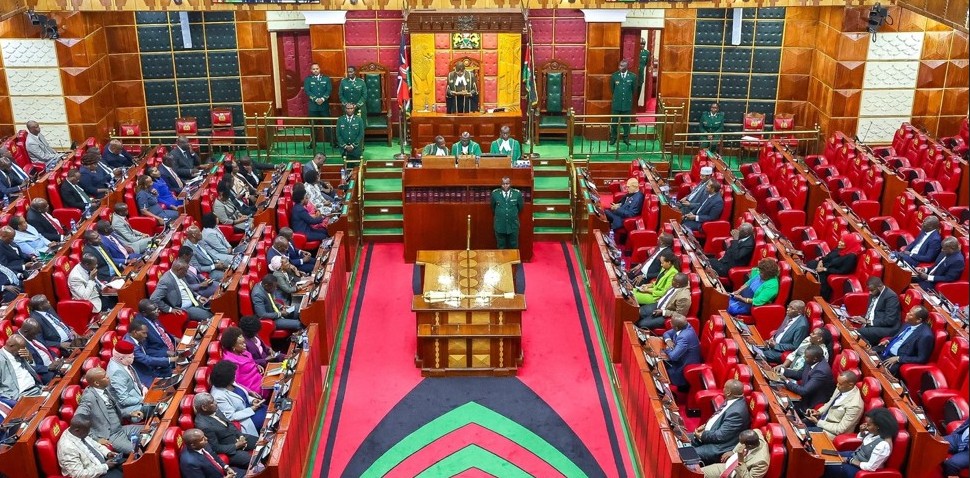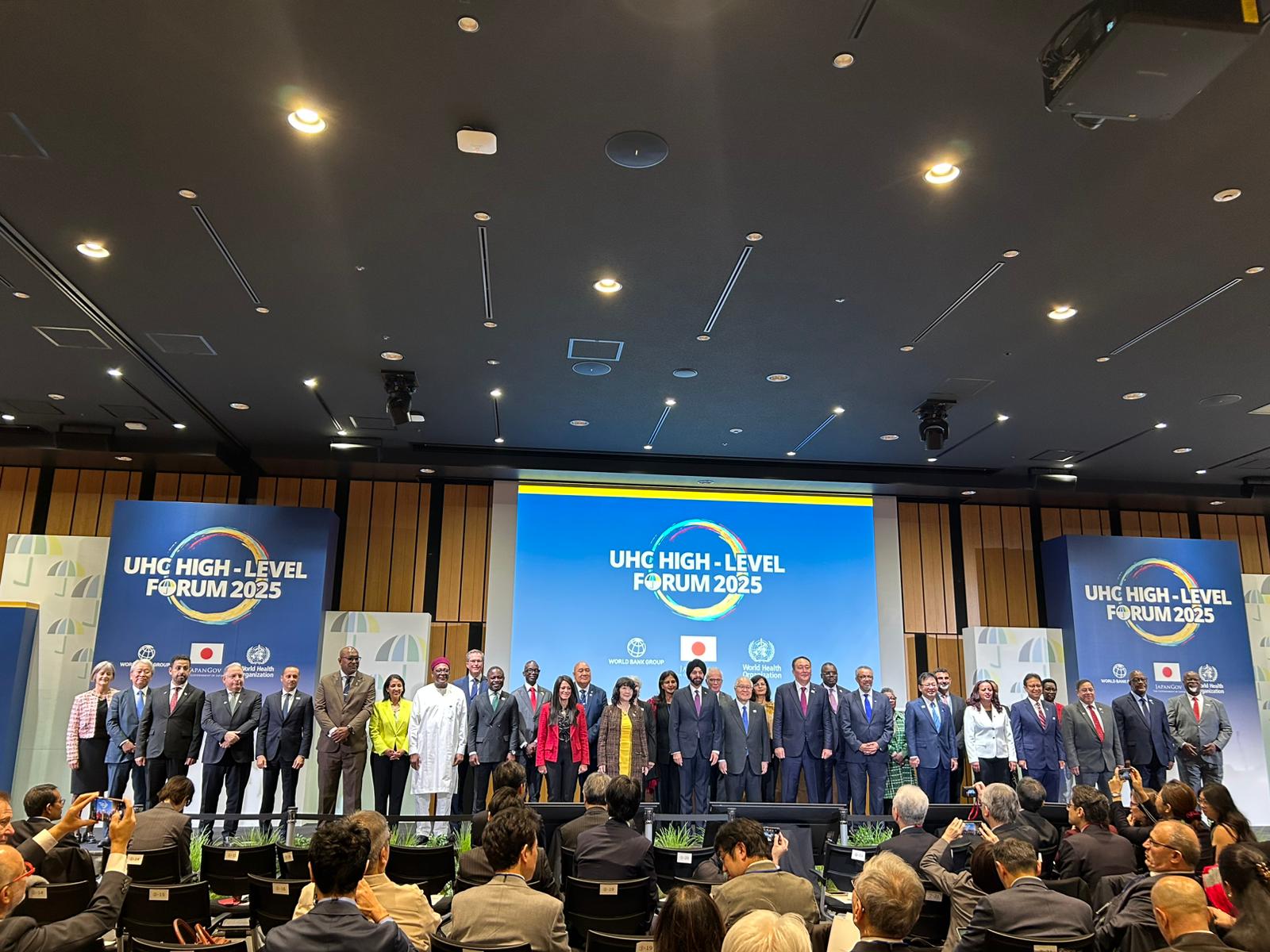Why industry-standard labels for AI in music could change how we listen
The company also says it’s focusing work on improved enforcement of impersonation violations and a new spam-filtering system, and that updates are “the latest in a series of changes we’re making to support a more trustworthy music ecosystem for artists, for rights-holders and for listeners.”
More To Read
- Google launches Workspace Studio, enabling anyone to build Gemini-powered AI agents
- ChatGPT could soon tap into Apple Health data for personalised wellness insights
- Gulf region paves the way to become digital data hub
- Apple names new AI chief amid pressure to catch up
- Rights experts sound alarm on AI’s potential to target activists, undermine electoral integrity
- ChatGPT, Copilot forced off WhatsApp as Meta enforces new AI restrictions
Earlier this year, a band called The Velvet Sundown racked up hundreds of thousands of streams on Spotify with retro-pop tracks, generating a million monthly listeners on Spotify.
But the band wasn’t real. Every song, image, and even its back story, had been generated by someone using generative AI.
For some, it was a clever experiment. For others, it revealed a troubling lack of transparency in music creation, even though the band’s Spotify descriptor was later updated to acknowledge it is composed with AI.
In September 2025, Spotify announced it is “helping develop and will support the new industry standard for AI disclosures in music credits developed through DDEX.” DDEX is a not-for-profit membership organisation focused on the creation of digital music value chain standards.
The company also says it’s focusing work on improved enforcement of impersonation violations and a new spam-filtering system, and that updates are “the latest in a series of changes we’re making to support a more trustworthy music ecosystem for artists, for rights-holders and for listeners.”
As AI becomes more embedded in music creation, the challenge is balancing its legitimate creative use with the ethical and economic pressures it introduces. Disclosure is essential not just for accountability, but to give listeners transparent and user-friendly choices in the artists they support.
A patchwork of policies
The music industry’s response to AI has so far been a mix of ad hoc enforcement as platforms grapple with how to manage emerging uses and expectations of AI in music.
Apple Music took aim at impersonation when it pulled the viral track “Heart on My Sleeve” featuring AI-cloned vocals of Drake and The Weeknd. The removal was prompted by a copyright complaint reflecting concerns over misuse of artists’ likeness and voice.
The indie-facing song promotion platform SubmitHub has introduced measures to combat AI-generated spam. Artists must declare if AI played “a major role” in a track. The platform also has an “AI Song Checker” so playlist curators can scan files to detect AI use.
Spotify’s announcement adds another dimension to these efforts. By focusing on disclosure, it recognises that artists use AI in many different ways across music creation and production. Rather than banning these practices, it opens the door to an AI labelling system that makes them more transparent.
Labelling creative content
Content labelling has long been used to help audiences make informed choices about their media consumption. Movies, TV and music come with parental advisories, for example.
Digital music files also include embedded information tags called metadata, which include details like genre, tempo and contributing artists that platforms use to categorise songs, calculate royalty payments and to suggest new songs to listeners.
Canada has relied on labelling for decades to strengthen its domestic music industry. The MAPL system requires radio stations to play a minimum percentage of Canadian music, using a set of criteria to determine whether a song qualifies as Canadian content based on music, artist, production and lyrics.
As more algorithmically generated AI music appears on streaming platforms, an AI disclosure label would give listeners a way to discover music that matches their preferences, whether they’re curious about AI collaboration or drawn to more traditional human-crafted approaches.
What could AI music labels address?
A disclosure standard will make AI music labelling possible. The next step is cultural: deciding how much information should be shared with listeners, and in what form.
According to Spotify, artists and rights-holders will be asked to specify where and how AI contributed to a track. For example, whether it was used for vocals, instrumentation or post-production work such as mixing or mastering.
For artists, these details better reflect how AI tools fit into a long tradition of creative use of new technologies. After all, the synthesiser, drum machines and samplers — even the electric guitar — were all once controversial.
But AI disclosure shouldn’t give streaming platforms a free pass to flood catalogues with algorithmically generated content. The point should also be to provide information to listeners to help them make more informed choices about what kind of music they want to support.
Information about AI use should be easy to see and quickly find. But on Spotify’s Velvet Sundown profile, for example, this is dubious: listeners have to dig down to actually read the band’s descriptor.
AI and creative tensions in music
AI in music raises pressing issues, including around labour and compensation, industry power dynamics, as well as licensing and rights.
One study commissioned by the International Confederation of Societies of Authors and Composers has said that Gen AI outputs could put 24 per cent of music creators’ revenues at risk by 2028, at a time when many musicians careers are already vulnerable to high costs of living and an unpredictable and unstable streaming music economy.
The most popular AI music platforms are controlled by major tech companies. Will AI further concentrate creative power, or are there tools that might cut production costs and become widely used by independent artists? Will artists be compensated if their labels are involved in deals for artists’ music to train AI platforms?
The cultural perception around musicians having their music train on AI platforms or using AI tools in music production is also a site of creative tension.
Enabling listener choice
Turning a disclosure standard into something visible — such as an intuitive label or icon that allows users to go deeper to show how AI was used — would let listeners see at a glance how human and algorithmic contributions combine in a track.
Embedded in the digital song file, it could also help fans and arts organisations discover and support music based on the kind of creativity behind it.
Ultimately, it’s about giving listeners a choice. A clear, well-designed labelling system could help audiences understand the many ways AI now shapes music, from subtle production tools to fully synthetic vocals.
Need for transparency
As the influence of AI in music creation continues to expand, listeners deserve to know how the sounds they love are made — and artists deserve the chance to explain it.
The Conversation
Gordon A. Gow, Director, Media & Technology Studies, University of Alberta and Brian Fauteux, Associate Professor, Popular Music and Media Studies, University of Alberta
This article is republished from The Conversation under a Creative Commons license. Read the original article.
Top Stories Today















































